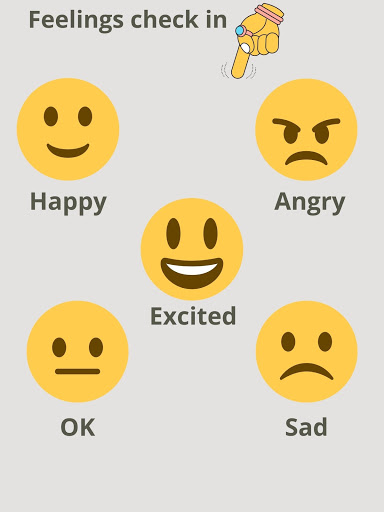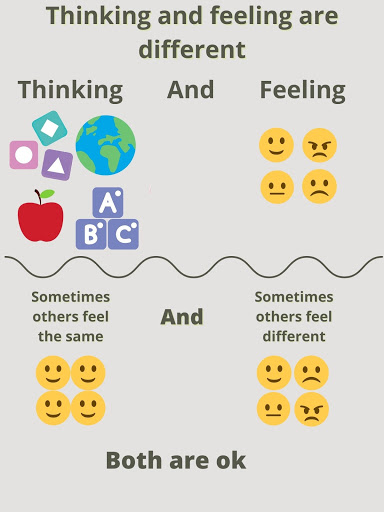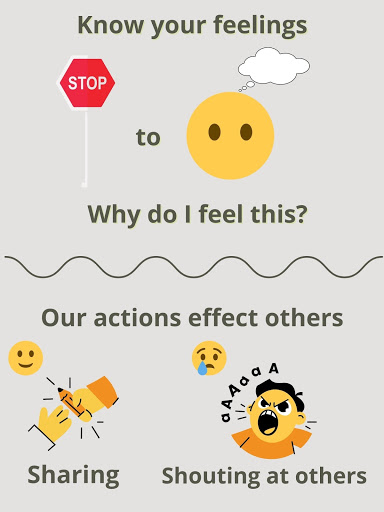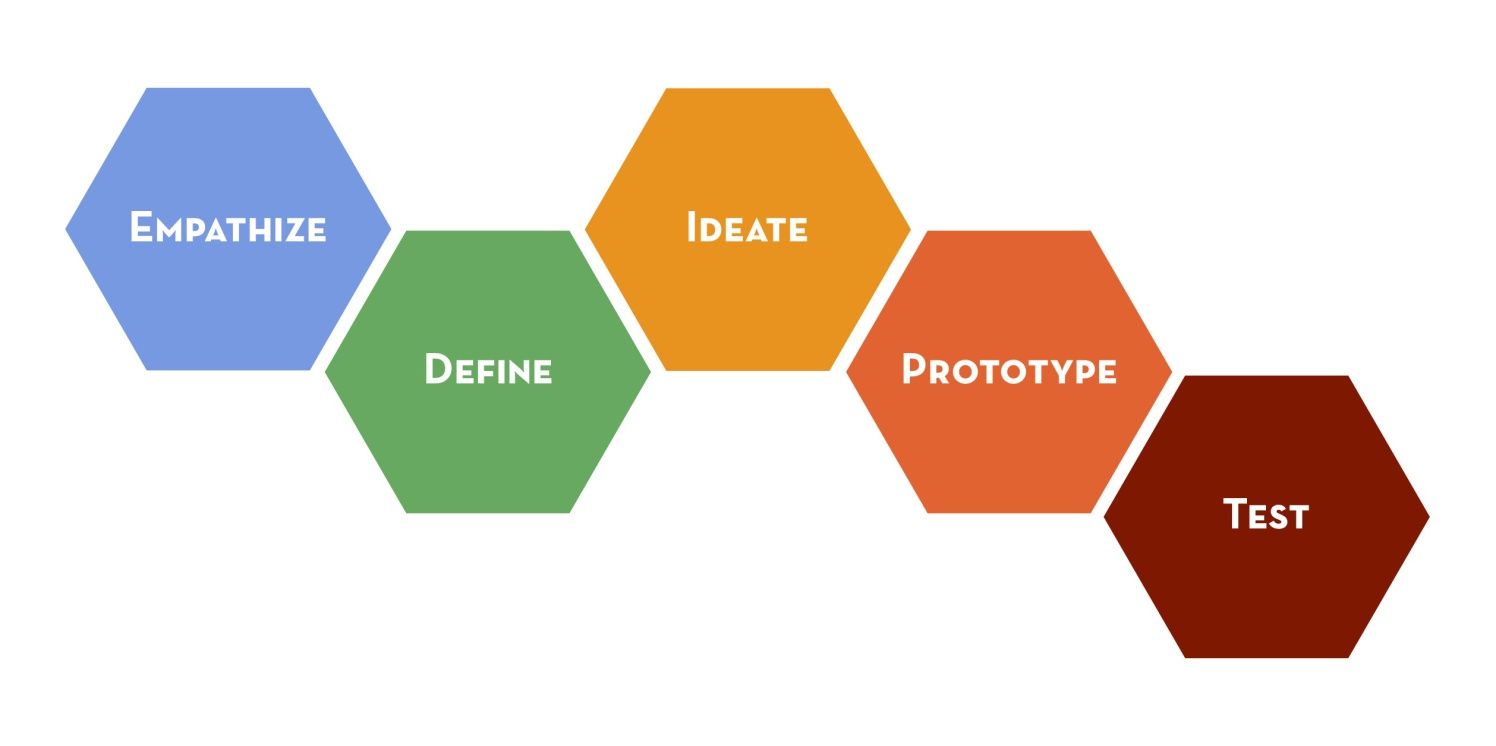Know Your Feelings
 Austin Reid
·
1 minute read
Austin Reid
·
1 minute read
This blog was written by Austin Reid as a project for PADM 5449 at Cornell University.
The following three-part poster series is designed to serve as a teaching aid in preschool settings to assist children in understanding feelings and how to process them. This poster series can also be used as a teaching aid for children between the ages of three and five in other settings including daycare, summer camp or Sunday school. The first poster provides children with an opportunity to think about how they are feeling and explain why. Children will point to the face that most accurately mirrors how they are feeling and they can also learn from others how they are feeling. This check-in can also be done as a one-on-one exercise between a guardian and a child.

The second poster explores two concepts. The top section encourages children to distinguish between their thoughts (or “thinking”) and their feelings (for more on this, check out our slider). The images below thinking symbolize the wide range of thoughts that can occur. Children can think about things they are learning, including shapes and words, and many other topics. The images below “feeling” match the images used on the first poster and help children to form a connection between the two posters. While there are many kinds of feelings, the scope of feeling is more narrow than that of thinking. Thoughts also typically come and go in a faster manner than feelings. The bottom section of poster two encourages children to think about the perspective of others and how perspectives can be different.
 The third poster also has two sections. The top section encourages children to see the relationship between their feelings and other experiences they are having. The bottom section can help children see how their actions in relation to others can affect feelings. Actions that are positive, as illustrated by sharing, are encouraged while those such as shouting at others are discouraged.
The third poster also has two sections. The top section encourages children to see the relationship between their feelings and other experiences they are having. The bottom section can help children see how their actions in relation to others can affect feelings. Actions that are positive, as illustrated by sharing, are encouraged while those such as shouting at others are discouraged.

To view a print-ready copy of the posters without white space please click here.
If you would like more K-12 systems thinking resources, please click here.
.png?width=150&height=150&name=CRL%20GOAT%20Logo%20(4).png)


